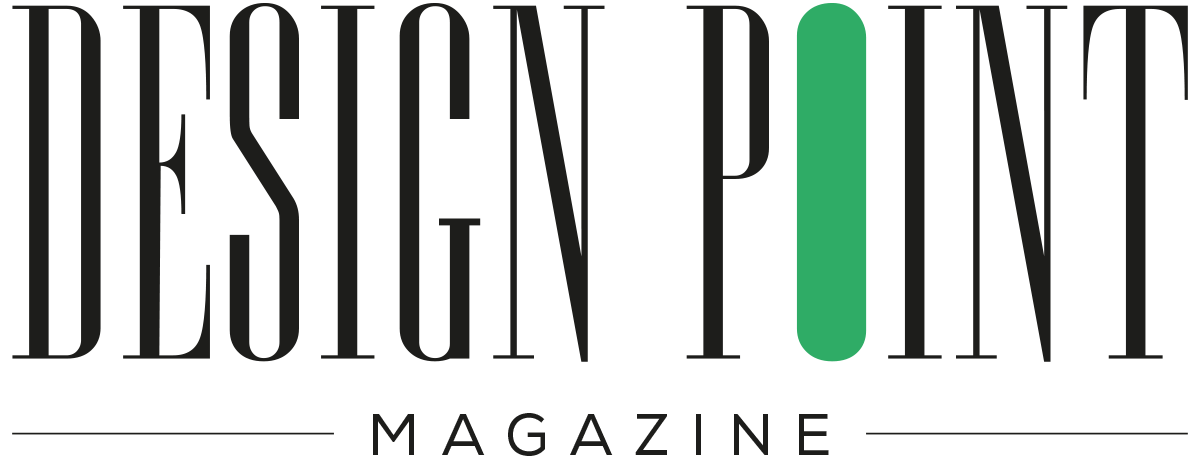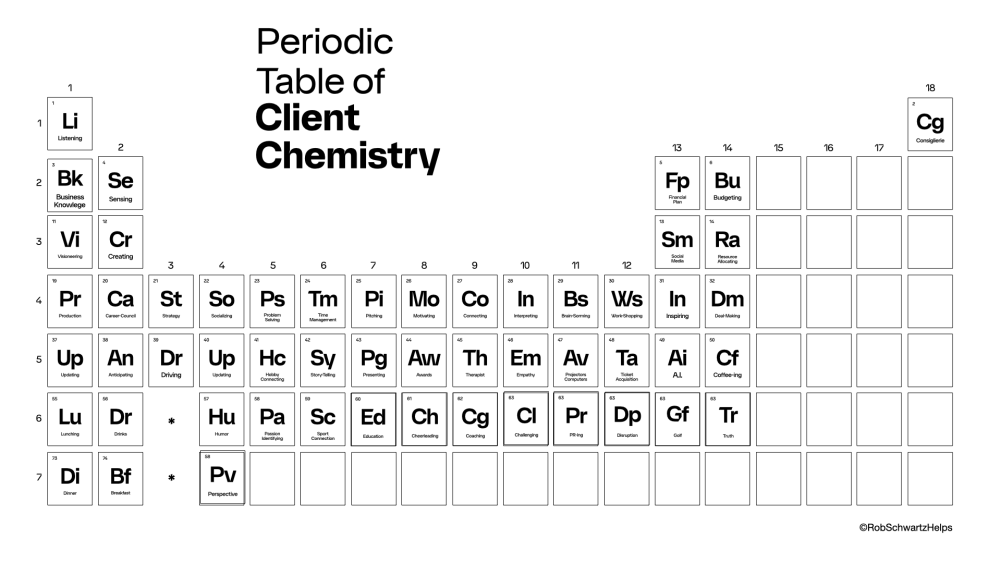The science of Chemistry abounds with phenomena, but creative fields? Not so much.
Take advertising. Today, most of it is downright unwatchable en masse. Almost the same in any age, frankly. But every so often, there is a form of combustion — evidence of chemistry — that creates something powerful and remarkable.
Like when Michel Roux (Absolut) and Richard Lewis (+TBWA) invented Absolut______. Or Steve Jobs (Apple) and Lee Clow (+Chiat/Day) created Apple’s “1984” and “Think Different.” Or when Phil Knight (Nike) and Dan Wieden (+Wieden+Kennedy) unearthed “Just Do It.” Tectonic moments that at their root were born from some form of chemistry.
I’m here in Madrid this week teaching and workshopping at TBWAGLP’s Sea Legs program for rising leaders. (Managers and Directors, or as we like to say, folks going “From Buddy to Boss”). One of the topics I delved into was client relationships. My thesis attempts to defy the convention of today’s increasingly transactional client relationships and break through with a plan for transformational ones. And the “weapon of choice?” Chemistry.
The centerpiece of the client relationship seminar we’re doing is what you see above: The “Periodic Table of Client Chemistry.” I created this as a way for you to see what it takes to build a relationship with a client that results in great work. (Maybe even great friendships, too.)
I task our “Sleggers” here at the GLP to think about what they are currently doing with their clients. Then take a look at what they are not doing.
And then, just like real chemistry, when you combine elements, powerful and wonderful things can happen.
But here’s where it gets even more interesting — we’re not just talking about isolated elements sitting next to each other. We’re talking about chemical reactions that transform both parties. When Trust (Tr) merges with Visioneering (Vi), you don’t just get trust sitting beside dreaming — you get a completely new compound that unlocks creative fearlessness. When Time Management (Tm) combines with Humor (Hu), the reaction creates efficient work that never loses its humanity or joy. That’s not addition; that’s transformation.
Or think: Listening (Li) + Creating (Cr) + Breakfast (Bf). Those elements can foster a big idea that can emerge over eggs and avocado toast — a true creative phenomenon. You see, the reaction releases energy that wasn’t present in any of the individual elements alone. And it might not have been able to emerge on Zoom or in a room — it needed the restaurant.
This example may sound superficial, but ask yourself: Are you really listening? How much are you being truly creative? Oh, and when’s the last time you had a meal with your client?
What’s more, client relationships, just like matter, exist in different states. Some are solid—stable, but rigid, reliable, but resistant to change. Others are liquid—flexible, adaptive, and able to fill whatever container you place them in. And a few rare ones are gaseous—expansive, energetic, filling every available space with possibility. The magic happens when you know how to change states — how to warm a solid relationship into something more fluid, or how to add pressure to a gas to create something more tangible.
Now, take a look at the Table. What are you doing with your clients? What are you not doing?
I advise you to put some elements together and see what happens.
Think of it as better business through chemistry.
Rob Schwartz is the Chair of the TBWA New York Group and an executive coach who channels his creativity, experience and wisdom into helping others get where they want to be. This was originally posted on his Substack, RobSchwartzHelps, where he covers work, life, and creativity.
Header image courtesy of the author.
The post Atomic Bonds: Why Great Work Requires a Little Chemistry appeared first on PRINT Magazine.

